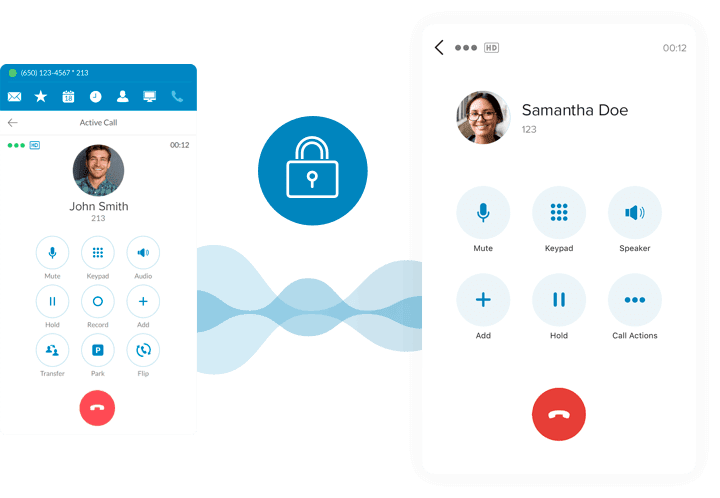Now bare with me here, it could get rocky. I'll cover the principles and then if there's any bits you aren't sure on just
drop me a line and I can explain further.
With a regular phone call, a specific physical path is provided by a phone company. That path goes between yourself and the number that you call. That system also utilises the traditional telephony infrastructure, which means the network of phone lines crossing the country - usually provided by BT in our country.
With VoIP, calls are transmitted differently. The audio at your end of a call (your voice) is converted into digital packets. It's easiest to think of them as being like envelopes of data. In the same way as traditional envelopes contain what you've written.
The conversion of audio voice signals into digital packets is handled by what is known as 'codecs'. Codecs can be either hardware devices or software-based processes. They compress the voice signals and then encode them as digital data. To continue our analogy, they take what you say and pop it into the digital envelopes.
The data packets are then transmitted via IP. This can be either across a Local Area Network (LAN, like in your home or office) or online (over the world wide web). They're often transmitted via the Real-Time Transport Protocol (RTP). Or, if not, via the Secure Real-Time Transport Protocol. The latter is simply an encrypted version of the former. This stage of the process is like a postman picking up your envelopes and taking them to the destination.
The data packets reach their destination almost instantly. They then need to be decoded and decompressed. This is handled by codecs. They take the digital data and convert it back to audio signals. The recipient of your call heard your voice as they would down a normal phone line. The codecs at their end of the transmission open the envelopes for them to read.
Away from the technicalities, the process of making a VoIP call doesn't have to be much different to a standard phone call. To make the calls, you can either use hardware or a software-based VoIP phone.
The former is very much like a traditional desk phone. It will look almost identical and can be used in all the same ways. That doesn't only mean making calls. Most VoIP phones also let you use voicemail, make internal calls, and call transfer tasks. If no one told you, you might not know you weren't using a regular phone.
Software-based VoIP phones are often called 'softphones'. They're apps or programs installed on a mobile device or computer. The interfaces of those apps or programs replace a traditional phone handset. They're often designed to look similar and can be used either via a touchscreen or keyboard. Calls through these phones typically use a headset and microphone.


